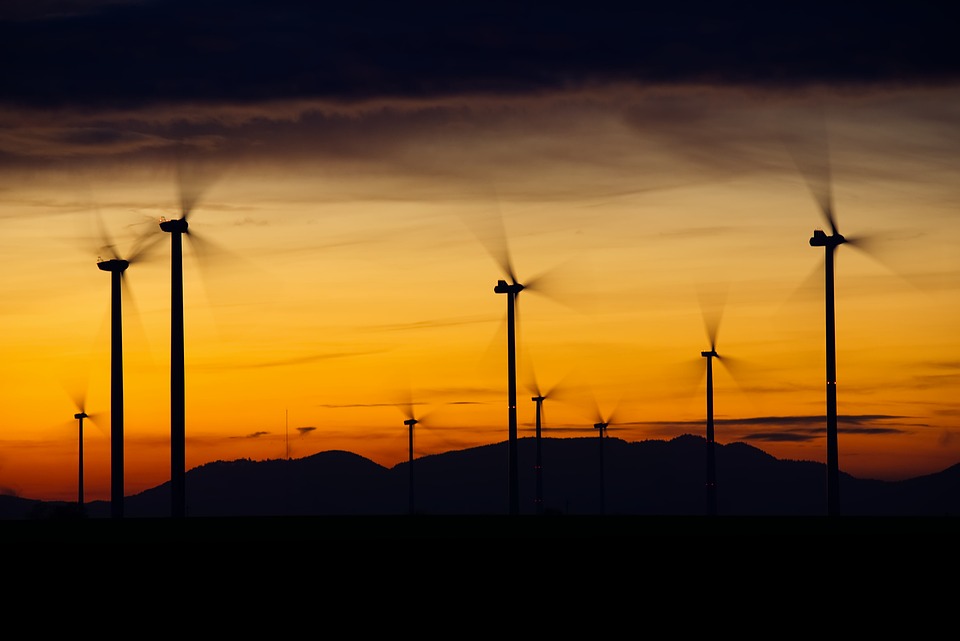Energy Policy and the Transition to a Low-Carbon Economy
In recent years, there has been an increasing focus on the need to transition to a low-carbon economy in order to combat climate change. One of the key components of this transition is the development and implementation of energy policies that promote the use of renewable energy sources and reduce reliance on fossil fuels.
The Importance of Energy Policy
Energy policy plays a crucial role in shaping the energy landscape of a country. By setting targets, regulations, and incentives, governments can influence the production and consumption of energy, as well as drive investment in new technologies and infrastructure. A well-crafted energy policy can help to reduce greenhouse gas emissions, promote energy efficiency, and foster the growth of a sustainable energy sector.
Transitioning to a Low-Carbon Economy
The transition to a low-carbon economy involves a shift away from fossil fuels, which are the primary source of greenhouse gas emissions, towards cleaner sources of energy such as wind, solar, and hydro power. This transition is essential in order to limit global warming and mitigate the impacts of climate change.
Key Components of a Low-Carbon Energy Policy
There are several key components that are essential to a successful low-carbon energy policy. These include setting ambitious targets for reducing greenhouse gas emissions, promoting the development and deployment of renewable energy technologies, and implementing measures to increase energy efficiency.
Setting Targets for Greenhouse Gas Emissions Reduction
Setting targets for reducing greenhouse gas emissions is a critical step in transitioning to a low-carbon economy. By establishing clear and measurable goals, governments can drive action and create a sense of urgency around the need to reduce emissions. Targets can be set for specific sectors, such as transportation or power generation, as well as for the economy as a whole.
Promoting Renewable Energy
Promoting the development and deployment of renewable energy technologies is another key component of a low-carbon energy policy. By providing incentives for the production of wind, solar, and hydro power, governments can encourage investment in clean energy sources and reduce reliance on fossil fuels. This can help to create jobs, stimulate economic growth, and improve energy security.
Increasing Energy Efficiency
In addition to promoting renewable energy, energy policies should also focus on increasing energy efficiency. By implementing measures to reduce energy waste and incentivize the use of energy-efficient technologies, governments can help to lower energy costs, reduce overall energy consumption, and decrease greenhouse gas emissions. This can have significant benefits for both the environment and the economy.
Challenges and Opportunities
While the transition to a low-carbon economy presents many challenges, it also offers significant opportunities for innovation and growth. By investing in clean energy technologies, countries can create new industries, generate new sources of revenue, and create jobs in the emerging green economy. In addition, transitioning to a low-carbon economy can help to reduce air pollution, improve public health, and enhance energy security.
Conclusion
In conclusion, energy policy plays a crucial role in shaping the transition to a low-carbon economy. By setting ambitious targets for reducing greenhouse gas emissions, promoting renewable energy technologies, and increasing energy efficiency, governments can help to combat climate change and create a more sustainable energy future. While the transition to a low-carbon economy may present challenges, it also offers significant opportunities for economic growth, job creation, and environmental protection. By working together to develop and implement effective energy policies, we can build a cleaner, greener, and more sustainable future for generations to come.
